Update: This article was last updated on 29th December 2023 to reflect the accuracy and up-to-date information on the page.
All of us associate Virtual Reality (VR) with scenarios from Sci-fi movies. Nevertheless, the reality is that VR technology in today’s day and age is integrated into our everyday lives. We’re on the brink of a virtual reality pivotal moment.
The Oculus Quest, for example, is a cool piece of technology that delivers upon certain genuine sci-fi ambitions.
Virtual Reality is integrated into online gaming, healthcare, and education. So, it’s no longer a question of whether or not your child will use virtual reality one day; we’re moving nearer to a point where it will simply be a part of our daily routine.
However, what precisely is it?
What is Virtual Reality (VR)?
Virtual Reality (VR) uses computer technology to create immersive environments, accessed through a headset. It finds applications in gaming, medical training, and sports. Despite seeming futuristic, the concept dates back to the 1950s with early devices like Sensorama. Ongoing technical advancements continually improve VR devices and interfaces.
What is a VR Headset?
A Virtual Reality headset is a device that immerses users in a computer-generated three-dimensional environment. It is designed to provide a simulated reality, allowing users to interact with and experience a digital world as if they were physically present within it. VR headsets are commonly used in various applications, including gaming, education, healthcare, training, and entertainment.
Key components of a VR headset include:
| 1. Display and Stereoscopic Effect | VR headsets use high-res displays for each eye, creating a stereoscopic effect for an immersive experience. |
| 2. Lenses and Wide Field of View | Lenses shape virtual images, ensuring a realistic and comfortable wide field of view. |
| 3. Tracking Technology for Head Movements | Sensors monitor head movements in real time, enhancing the sense of presence in the virtual world. |
| 4. Positional Tracking for Physical Movements | Some headsets track physical movements in defined spaces, allowing users to move within the virtual environment. |
| 5. Audio Integration and Spatial Audio | VR headsets include integrated or external audio for spatial effects, making the virtual environment more engaging. |
| 6. Input Devices and Comfort | Users interact using controllers or gestures, and VR headsets prioritize comfort with adjustable straps, padding, and lightweight materials. |
How does VR work?
Virtual Reality generates a computer-simulated environment through a headset. High-resolution displays and lenses create a stereoscopic effect, enhancing depth perception and providing a wide field of view. Tracking sensors monitor head movements, and some headsets include positional tracking for physical movement within a defined space. Audio systems deliver spatial sound, contributing to immersion. Users interact via controllers or gestures, collectively offering a compelling, simulated experience.
The Future and Stats of Virtual Reality (VR)
Virtual Reality is poised for substantial growth, with spending on augmented and virtual reality (AR/VR) expected to increase from over $12.0 billion this year to $72.8 billion by 2024, reflecting a 54.0 percent compound annual growth rate (CAGR).
The IDC Spending Guide identifies key commercial use cases, including training, industrial maintenance, and retail showcasing, expected to receive significant investments. In contrast, consumer-focused applications like VR gaming and AR gaming are projected to see a combined spending of $17.6 billion in 2024.
The surge in business interest in virtual and augmented reality is attributed to the impact of the pandemic, according to Tom Mainelli, the group vice president at IDC.
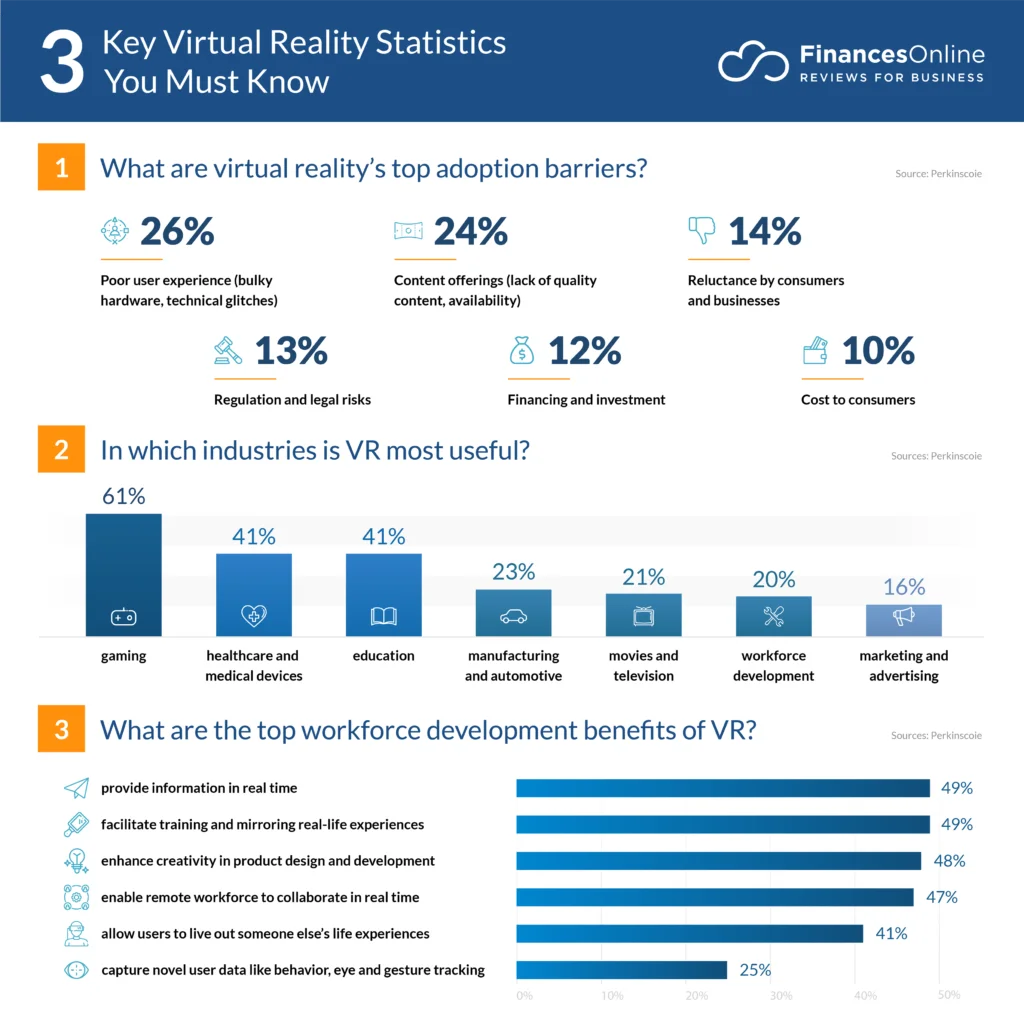
Top tech companies have been developing headsets that don’t need a network and can exhibit higher graphics. They’re experimenting with virtual reality headsets with an 8K resolution and far more powerful hardware. Artificial Intelligence is also anticipated to be incorporated some time in the future, by some reports.
As a result, virtual reality now isn’t frequently regarded as sci-fi/fantasy. It is a part of our present, and it will lead to developments that will influence the future in the following years.
What is the difference between Virtual Reality (VR) and Augmented Reality (AR)?
Augmented Reality could be conceived as a virtual reality with one step in the actual world: virtual reality generates an artificial world to experience, while augmented reality represents artificial tools in the actual world.
Mixed reality, on the other hand, is a hybrid of the two worlds. This technology, for example, enables consumers to see artificial objects in real life and create an impression in which the physical and virtual worlds are largely identical.
Is VR safe for Kids?
The virtual reality sector is still in its early stages, and the long-term implications of headset use remain to be seen. The popularity of devices like the Oculus Quest 2 has led to increased interest from children worldwide, with VR gaming becoming a sought-after experience since its emergence in 2016.
While virtual reality arcades offer shorter playtimes, studies indicate positive impacts on learning when children use VR in educational settings. However, concerns about potential effects on eyesight remain a major consideration for parents contemplating allowing their children to use virtual reality.
On their website, the American Academy of Ophthalmology publishes information.:
“Although there are no long-term studies, ophthalmologists agree there is no reason to be concerned that VR headsets will damage eye development, health, or function. Age limitations for VR technology might make sense for content, but as far as we know this technology poses no threat to the eyes.”
Moreover, to restrict responsibility, manufacturers have to include safety warnings.
There have been various educational VR applications or games that aid learning by letting the person witness an activity while listening to an explanation. Because consumers are engaged in VR in general, the knowledge is “stuck” in their minds in an easier manner.
VR has also been shown to enhance empathy in individuals, while the impacts on kids are still to be seen.
Best VR Apps and Games for Kids
Parents, it’s important to check the age requirements for every game before permitting your children to use virtual reality applications. This is quite important. The age restriction varies by technological device. Some have a minimum age requirement of 12 years old. Others highly urge kids not to use virtual reality gadgets whatsoever.
If kids engage in virtual games, they must be monitored by their guardians at the very least.
Here we have enlisted some of the best VR apps and games for kids

1. Assetto Corsa
VR sports games for older kids are a prominent simulator in the older-children genre. It’s noted for its exciting graphics and instinctive mechanics. This application is for you if you enjoy stunning cars, tremendous speeds, and exhilarating, authentic racing.
2. Discovery VR
Exclusive backstage footage from your favorite shows, heart-wrenching experiences, and gorgeous tributes of our magnificent planet can all be found here.
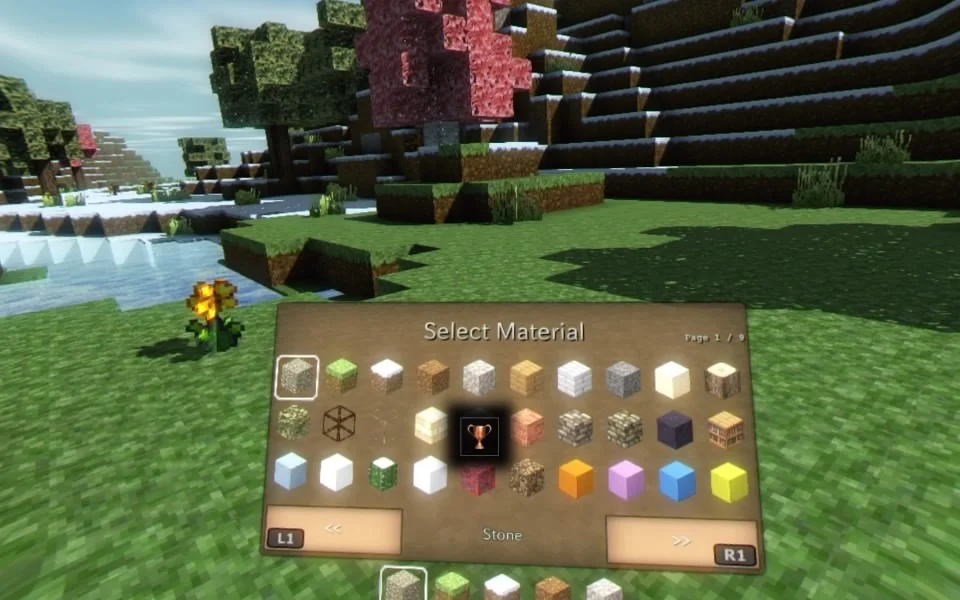

3. Jurassic VR
Experience a rich interactive virtual world full of subtle 3D details and discover more about the origins of dinosaurs. At your speed, navigate through the jungle.
4. BBC Earth: Life in VR
The BBC does not require any introduction. After winning the Google Play Award for “The Best VR Experience in 2018”, BBC has perfected VR Technology for children. The app’s craftsmanship is astounding. It makes it possible for users to experience the undersea environment off the coast of California.

How can Virtual Reality make education better?
Virtual reality can enhance education by allowing students to participate in engaging experiences. The technology is easily available to all students and can be easily utilized & controlled by instructors. Students can be motivated and encouraged to take an interest in subjects they prefer through virtual experiences.
It shouldn’t come as a surprise if VR made it onto the curriculum at a certain stage in the future, given the prevalence of VR in education and the positive response from institutions.
Application of VR technology in Various Fields
Here’s a rundown of a few sectors that have already implemented virtual reality and how it might affect their future.

1. Entertainment
In the entertainment sector, VR is already being utilized to improve the 360-degree film experience and deepen your emotional relationship with the characters.
VR can transform the way media information is produced. Flipside has become the quickest way to create programs that can be watched on conventional platforms such as Twitch, YouTube, and Facebook Live.
2. Education
VR has the potential to transform education by allowing students to learn more innovatively and engagingly. With its ‘Engage’ offering, Immersive VR Education is creating a virtual reality meeting space area where individuals may study from instructors across the world.

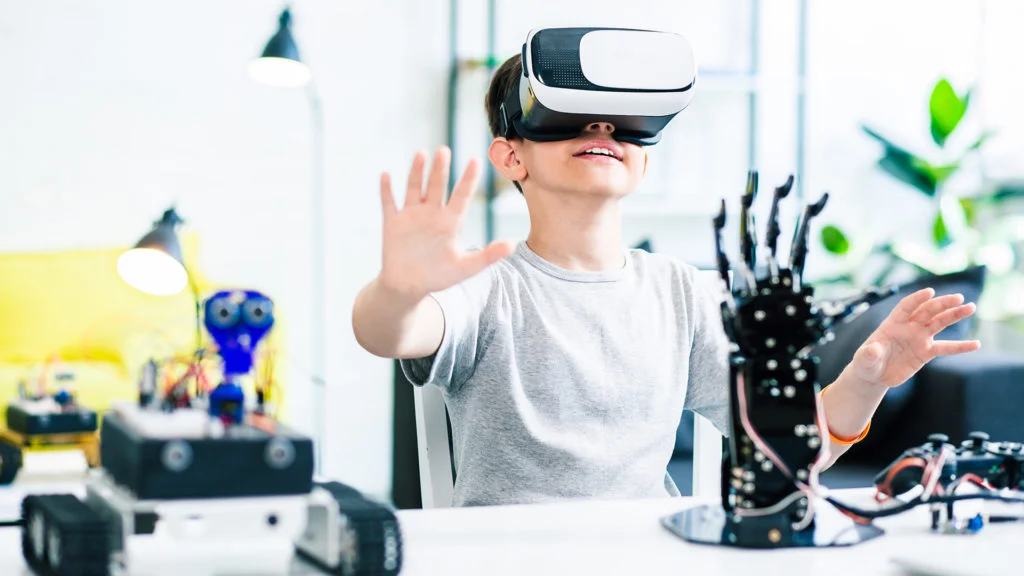
3. Art and Design
VR allows you to be a part of your artwork. You can freely enter your picture and emerge from the other end. Tiltbrush is one of the most prominent apps for making art in virtual reality, and it is astonishing what many have accomplished with it.
4. Automative Industry
Before ordering pricey models, designers and engineers can quickly experiment with the appearance and construction of a vehicle using virtual reality.
BMW and Jaguar Land Rover are now using virtual reality to conduct initial design and technical evaluations to evaluate the vehicle’s visual representation and object geometric distortion.
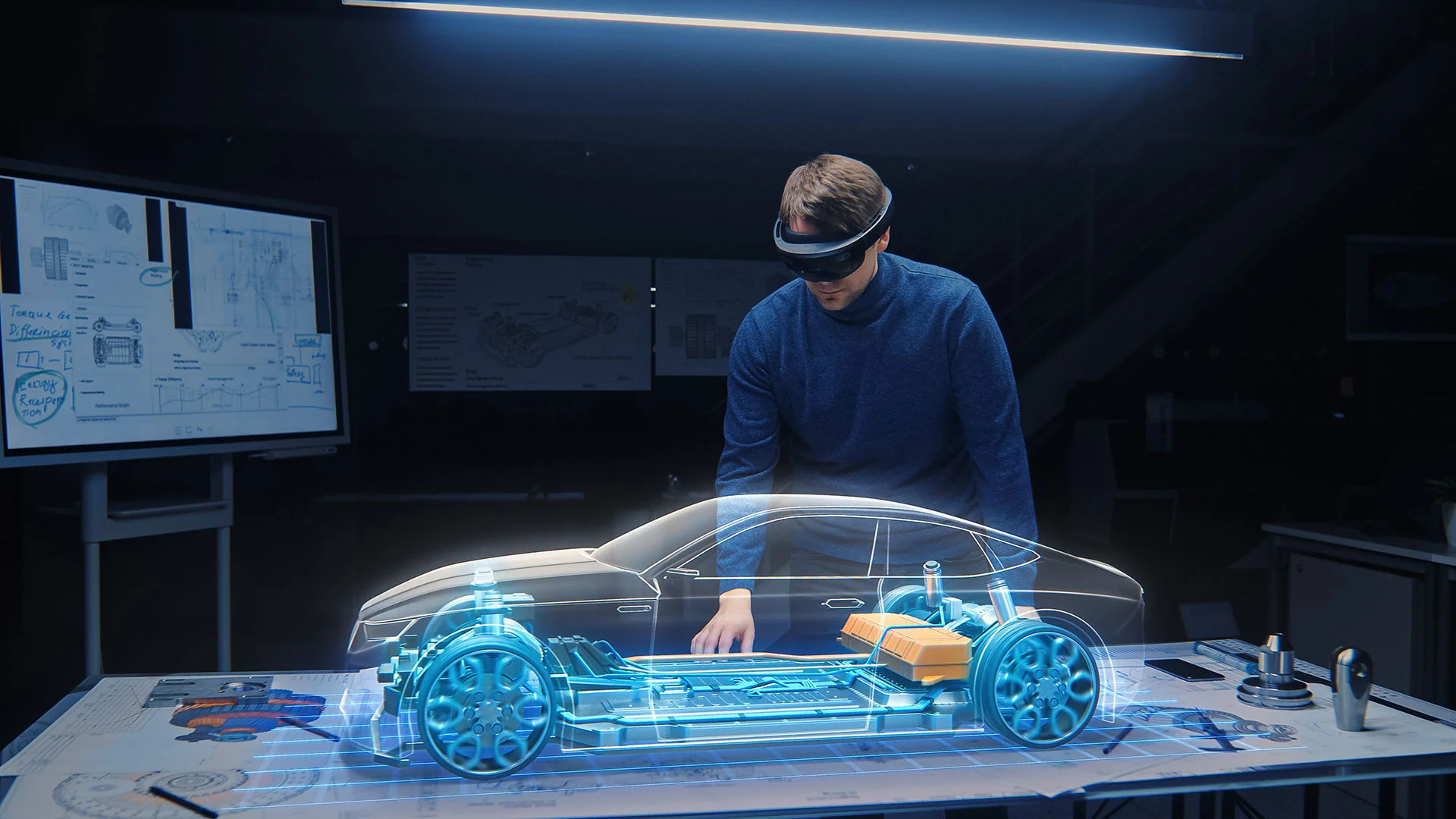

5. Healthcare Industry
Healthcare is one of the most essential applications in which virtual reality can make a major difference. Virtual simulations are now employed by healthcare experts to prepare for operating on bodies, and VR has also been utilized to heal burns.
VR is also being used as an effective tool for mental health concerns such as anxiety and PTSD.
VR used by Tech Giants
Let’s have a look at the companies that are leading the way in incorporating virtual reality.
1. Google
Undoubtedly, Google is probably the major player in the virtual reality space. Basic searches like “how to tie shoelaces” and “pancake recipes” are a thing of the past. Google is now experimenting with virtual reality. They launched the ‘Google Cardboard,’ a $15 cardboard virtual reality headset.

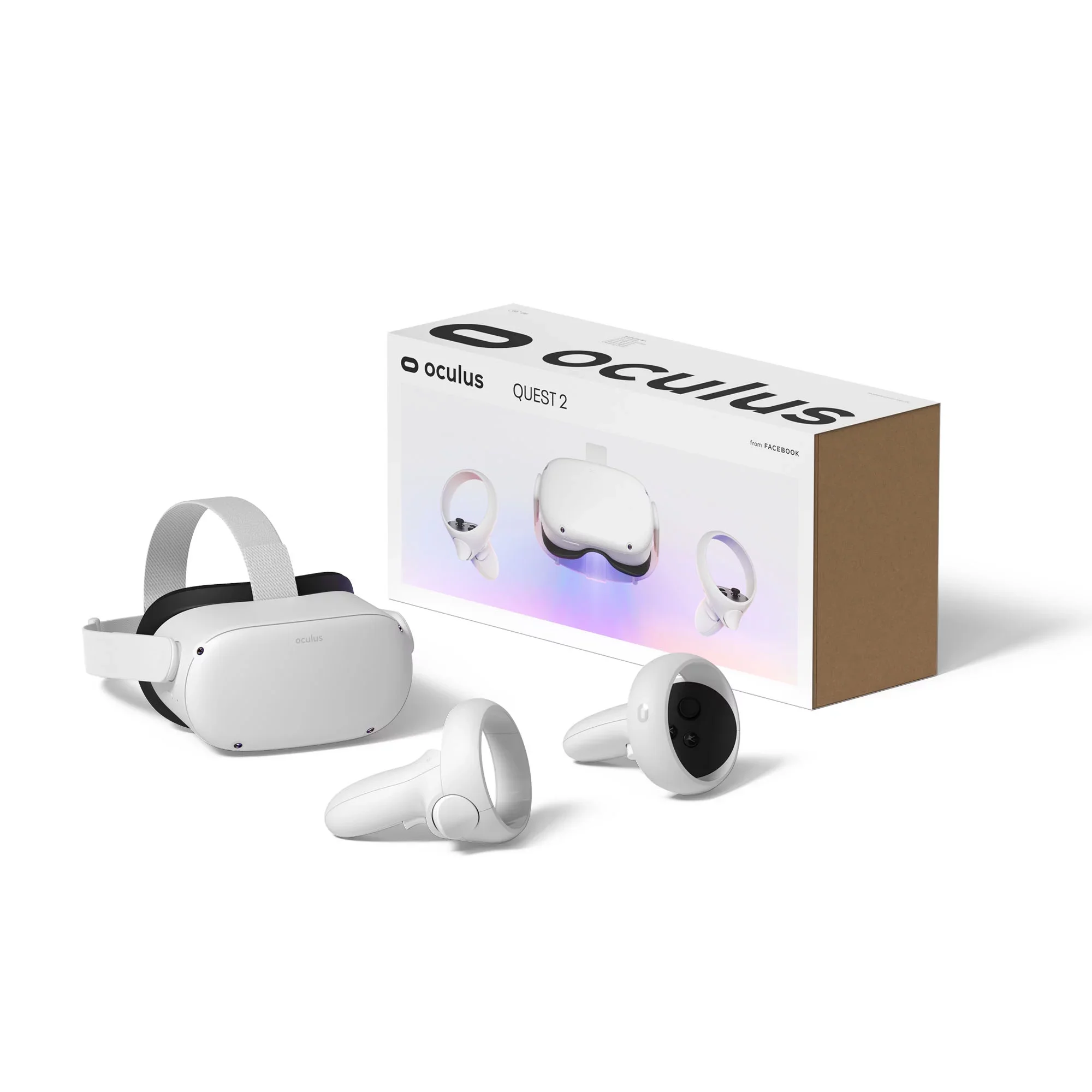
2. Oculus VR
You ought to be familiar with the name Oculus already. In 2016, Facebook paid a staggering $2 billion for the startup. John Carmack, the architect of id Software’s ‘Doom,’ was also part of the team. Oculus released ‘Oculus Quest’, a standalone headset in 2019.
3. Unity
Unity is a well-known company in the realm of motion graphics, so it should be no wonder that they’ve produced VR-ready software. Most existing VR material has flowed across the Unity 3D engine, rendering Unity an important aspect of VR and a leading VR enterprise.
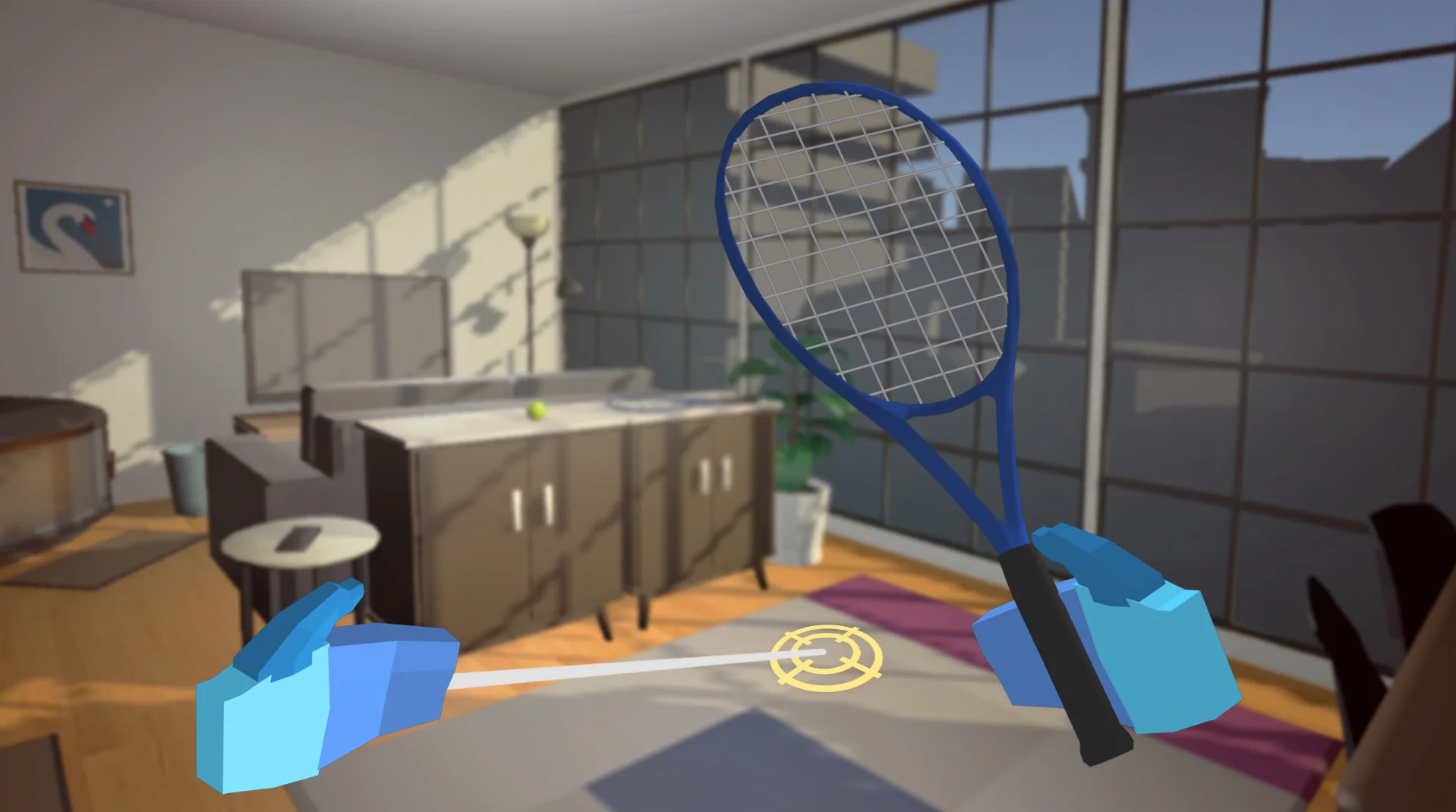
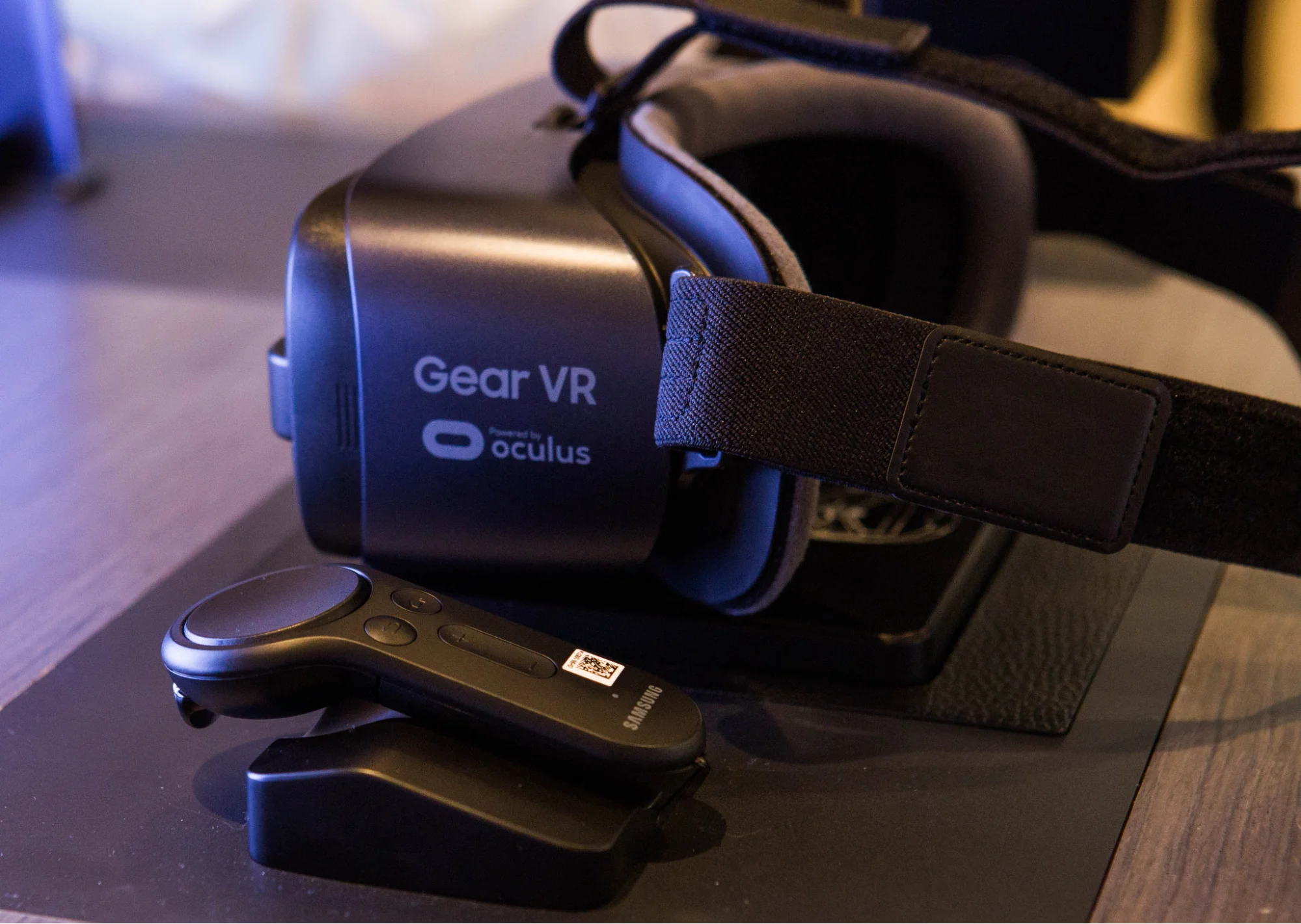
4. Samsung
Samsung is no newcomer to innovation, including virtual reality. Samsung made a wise move by collaborating with Oculus to create the Samsung Gear, a virtual reality headgear.

Prashant Pundir
Conclusion
VR technology is the creation of a simulated environment that is conveyed to our sensations somehow in a way that we experience as if we are fully present in it. It accomplishes this objective through a wide range of technologies.
It can be used for both fun and important purposes. Technology is getting less expensive and more easily obtainable. Because of the opportunities of VR, we may anticipate seeing more and more creative uses of the technology, and perhaps a fundamental shift in how we communicate and function.
Have questions or anything to add? Please share in the comments section or write to Moonpreneur at inquiry[at]moonshotjr.com.
Moonpreneur is on a mission to disrupt traditional education and future-proof the next generation with holistic learning solutions. Its Innovator Program is building tomorrow’s workforce by training students in AI/ML, Robotics, Coding, IoT, and Apps, enabling entrepreneurship through experiential learning.

























I enjoyed the blog. It is both interesting and informative and answers more comments.
I loved the blog but I think pics and videos would have made it more interesting.
How can parents guarantee their child’s security in virtual reality settings?
Parents should keep an eye on their kids’ use of VR, make sure they take breaks and make sure they’re using content that’s appropriate for their age. It’s important to have clear rules and teach kids how to use VR responsibly.
Can kids get motion sickness from VR?
Yes, motion sickness can be a real problem with virtual reality, especially for kids. That’s why it’s important for parents to pick games and experiences that don’t involve a lot of motion and to give them breaks to help reduce the chances of feeling sick.
Are there any VR gadgets made just with kids in mind?
While some VR devices have content that’s suitable for kids and safety features, it’s important to remember that no matter what the design of the device is, parents need to be there to make sure everything is safe and enjoyable.
Are the long-term health impacts of VR a cause for concern for parents?
While research into the long-term impacts of virtual reality on children is still in progress, it is wise for parents to exercise caution, select high-quality content, and remain informed about the development of VR technology and its effects on health.